You are here
Back to topSuspects Detained in 1.2 Billion Yuan Nut Smuggling Case
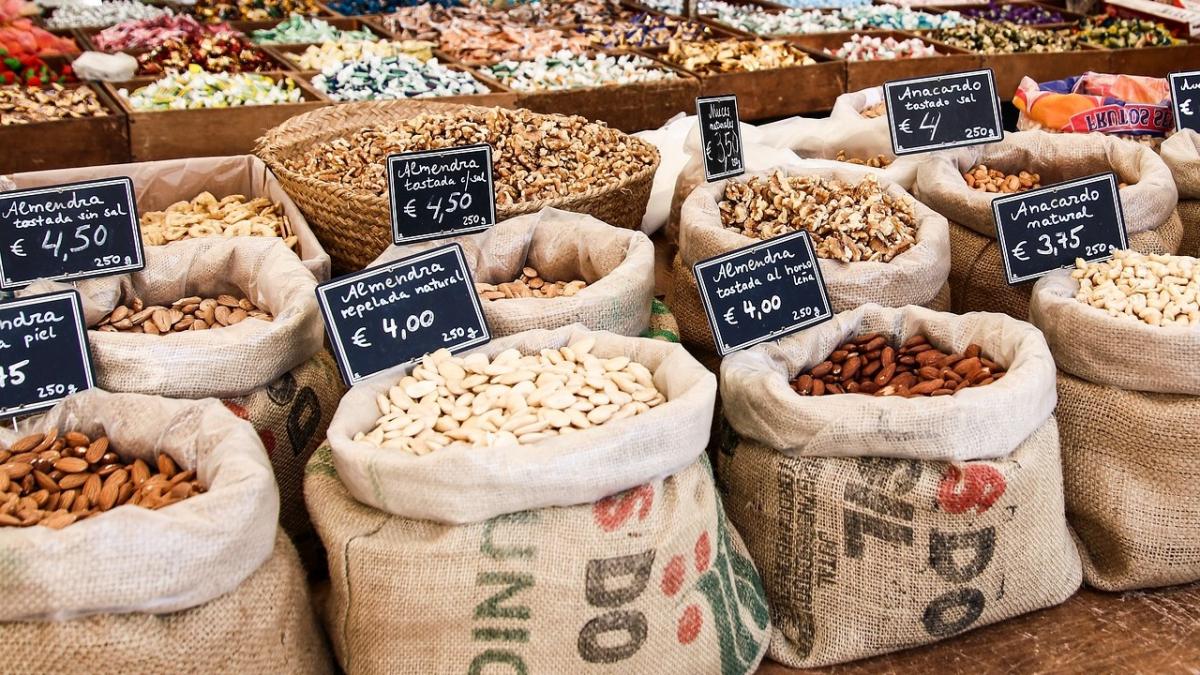
On July 29, Nanjing customs authorities cracked a 1.219 billion Chinese yuan ($175 million) smuggling case involving falsely declared nuts imported from the U.S. Thirty-two suspects were detained and over 5,000 tons of smuggled dried nuts worth 150 million yuan ($21.5 million) were seized from five cold-storage warehouses, which were promptly sealed off.
The subsequent investigation indicated that the smuggling group had been operating since December 2018 in an attempt to circumvent tariffs imposed on U.S. nuts. The group used an offshore company they owned as well as a domestic enterprise to fabricate every stage of the trading process and create false declarations. The group is also suspected of falsely declaring unprocessed nuts as roasted nuts. According to preliminary investigations, the case involved 1.219 billion yuan ($175 million) of goods and 639 million yuan ($92 million) of tariffs.
The recent bust comes after a string of other cases involving the smuggling of nuts. Last year, anti-contraband personnel in Jiangmen, Guangdong province, cracked another nut smuggling case involving 80,300 tons of nuts worth 3.733 billion yuan ($536 million). China’s rapidly expanding market has provided the impetus for smugglers to get involved in the scene. According to customs data, China imported 960,000 tons of dried fruits and nuts with a total value of $1.12 billion in 2019, corresponding to year-on-year increases of 131.9% and 73.6%, respectively. Although this market has been expanding rapidly, it has still proved difficult to meet the demand for high-end nuts. The largest suppliers of nuts to China in terms of import volume are the U.S., Australia and South Africa, while the most common types of nuts imported are pistachios, cashews and almonds.
China’s domestic nut sector has also been developing rapidly, and the country has either reached or is about to reach self-sufficiency in the production of walnuts, macadamia nuts and hazelnuts. Nevertheless, it is expected that imports will still be required to meet the consumer demand for pistachios, cashews and almonds for some time yet. The ongoing trade friction between China and the U.S. has raised anxieties for Chinese importers purchasing nuts from the U.S., although the huge gap in the market will be difficult for other producing countries to fill, at least in the short term. In an effort to reduce import costs, the average tariff for 13 different varieties of imported nuts was reduced from 18.5% to 10.7%, an average decrease of 42.3%, starting from Jan. 1 of this year. The greatest percentage decrease was that for pecans (−70.8%), followed by unshelled cashews (−65%) and almonds (58.3%). These tariff reductions are expected to further encourage lawful trade practices and cut down on smuggling at the source.
Apart from paying tariffs, nut importers must also abide by strict phytosanitary regulations. Under current regulations, not all dried nuts are permitted for import into China. Dried nut products may only be imported after a risk analysis by China’s General Administration of Customs. For instance, Chinese chestnuts (Harmonized System codes 0802411000, 0802421000 and 0811901000) may currently only be imported from Australia, North Korea, South Korea, Japan and Italy. The GAC also signs bilateral agreements with those countries that are permitted to export nuts to China to clarify the qualifications for enterprises, phytosanitary obligations, and certification, food safety, packaging and transportation requirements. The GAC also publishes the phytosanitary requirements stipulated in these agreements in its public notices. In 2019, the GAC made multiple public announcements regarding food products not permitted to enter China, which included dried fruits and nuts such as dried apples, pears, grapes and pistachios from countries such as Kazakhstan, Tajikistan, Vietnam, Turkey and Afghanistan.
Image: Pixabay
This article was translated from Chinese. Read the original article.



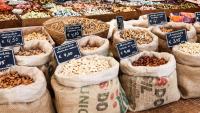
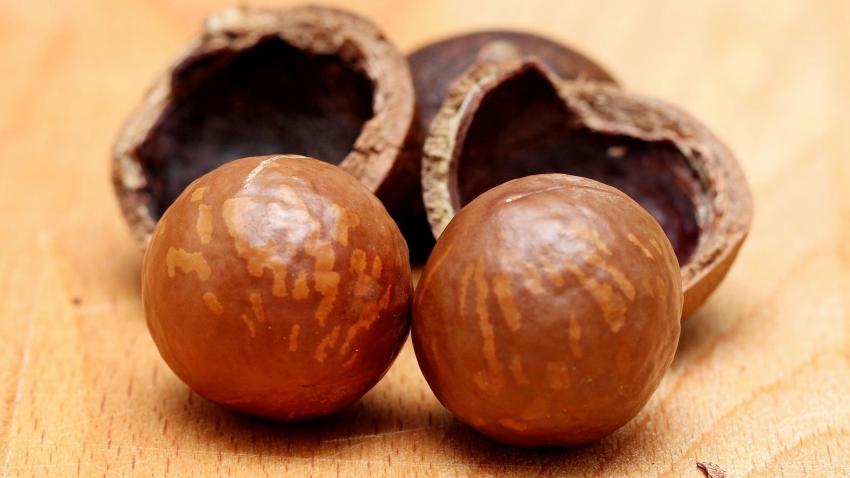
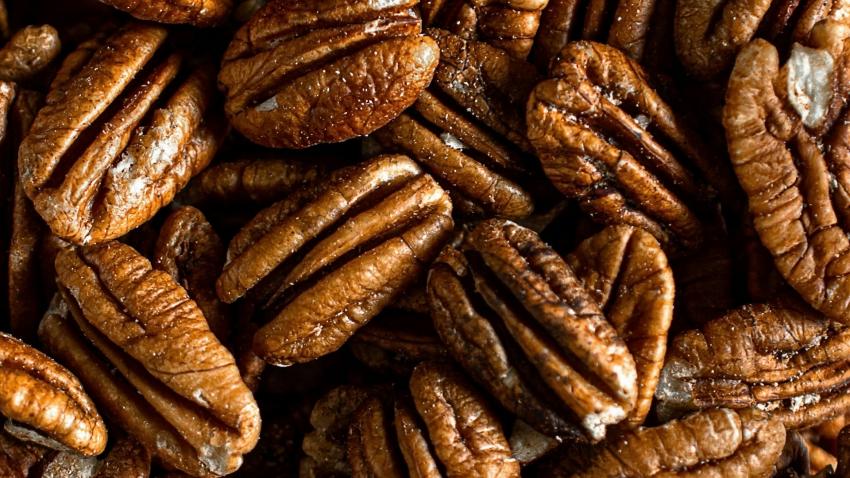
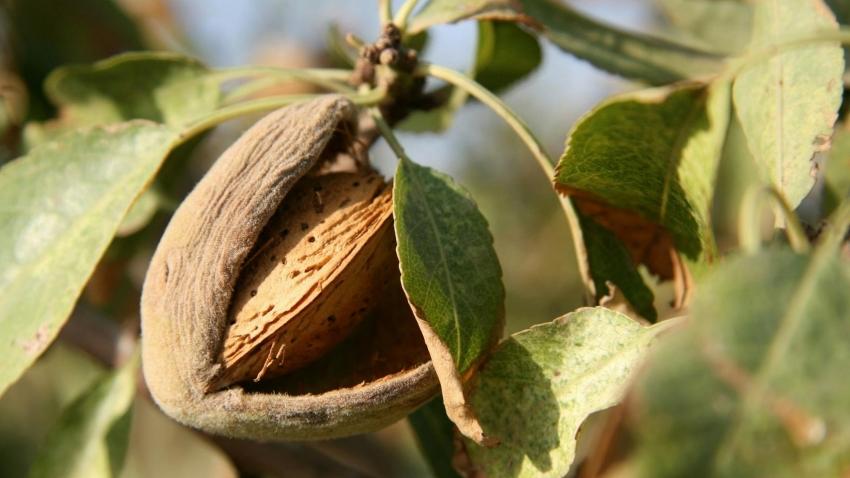
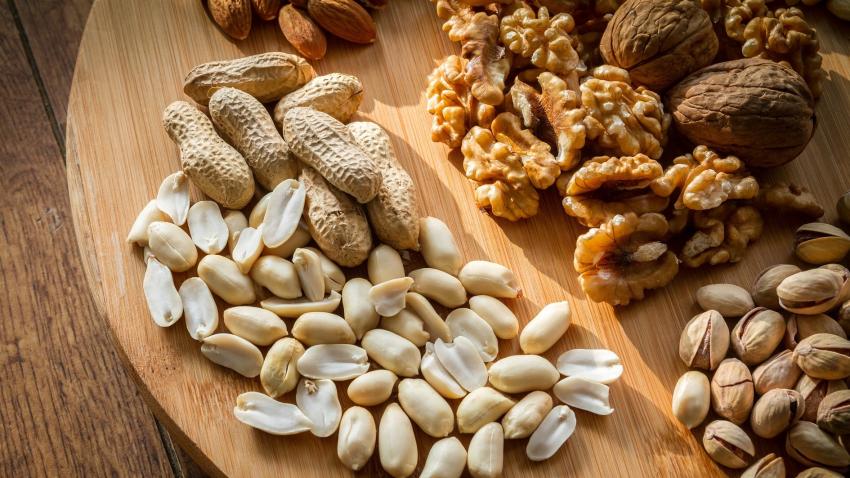







Add new comment